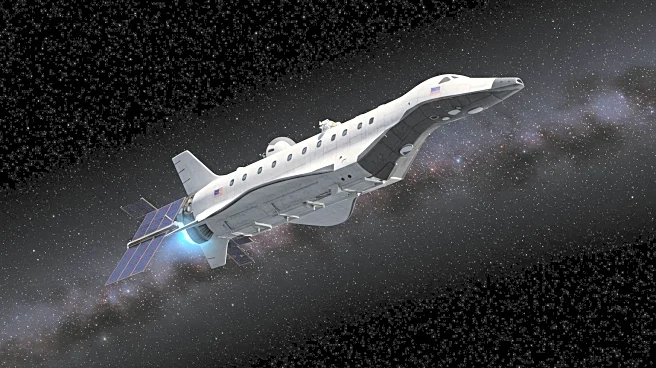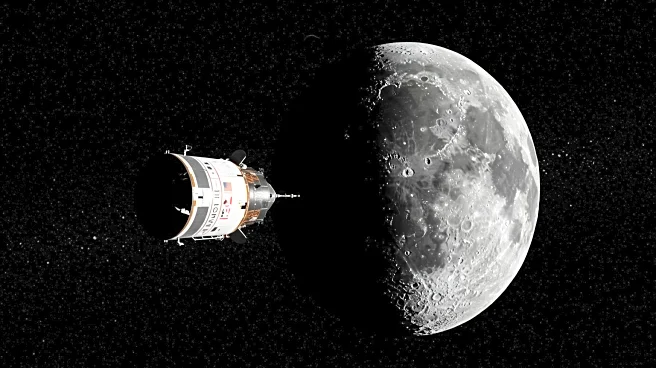Rapid Read • 5 min read
NASA's Perseverance rover is investigating inactive megaripples on Mars to understand wind-driven processes shaping the planet's landscape. After exploring clay and olivine-bearing rocks, the rover moved to a site called 'Kerrlaguna,' where it studied large sand formations. These megaripples, up to 3 feet tall, offer insights into the modern Martian environment. The rover's instruments are analyzing the sand grains and any salty crusts, which could inform future resource utilization for human survival on Mars.
AD
Studying Martian megaripples is crucial for understanding the planet's current environmental conditions, which can aid in future human exploration. The data collected may reveal potential resources within Martian soils, essential for sustaining human life. This research builds on previous studies by the Curiosity rover and could lead to more comprehensive campaigns to explore larger bedforms. Understanding wind and water roles on Mars is vital for preparing astronauts for long-term missions and resource management on the Red Planet.
AD
More Stories You Might Enjoy










